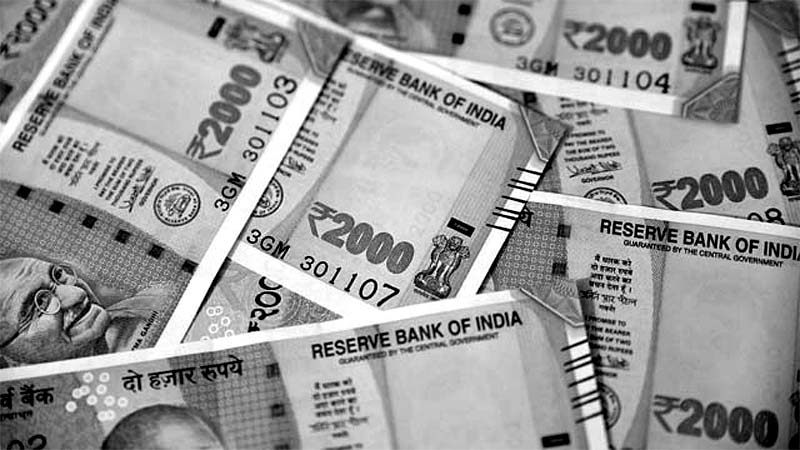The global dominance of the US dollar in international transactions has raised concerns among many countries, particularly in light of recent geopolitical events. The situation has intensified further after Russia’s invasion of Ukraine, prompting Western countries, led by the US, to adopt a hostile stance towards Russia. This has sparked a growing urge among nations to reduce their reliance on the dollar. China, as a rapidly emerging economic power, is making significant efforts in this direction, with reports suggesting that Saudi Arabia is considering settling some of its oil sales to China in yuan. Such a move could potentially challenge the authority of the dollar, which currently dominates global petroleum business transactions.
Beyond the Yuan: The BRICS Currency Proposal
Efforts to find an alternative to the dollar extend beyond the yuan or any single national currency. Foreign ministers of Brazil, Russia, India, China, and South Africa recently met to discuss creating a framework for the use of alternative currencies. The creation of a common currency for the BRICS countries was a key topic of discussion in this meeting. However, this proposal faces various challenges, including determining the weightage of different countries in the joint currency. China’s dominance within BRICS raises questions about other countries’ participation, particularly India, given its strained relations with China. It remains to be seen how this proposal progresses after the proposed summit in August.
The US Dollar’s Continued Dominance
While countries explore alternatives, the US dollar maintains its dominance in global foreign exchange markets. According to the Bank for International Settlements’ latest Terminal Report (April 2022), approximately 90 percent of foreign exchange transactions are conducted in dollars, followed by the euro with 31 percent. While the euro’s share has declined over the years, the dollar still leads with a 60 percent share. China, as a major center of world trade and the second-largest economy, holds a significant share of foreign exchange reserves. However, the yuan’s presence remains limited at less than 3 percent of these reserves.
India’s Efforts to Promote the Rupee
India is also striving to promote the use of its currency, the rupee, in international trade. The Reserve Bank of India (RBI) recently released a report by an inter-departmental group, suggesting measures to ease restrictions on the capital account to encourage internationalization of the rupee. However, India faces challenges due to restrictions at the policy level and in the financial market. Large-scale opening of capital accounts could increase the risk to financial stability, especially considering India’s persistent current account deficit.
A Planned Approach to Rupee Internationalization
To increase the use of the rupee internationally, India must take a measured and planned approach. While a free flow of capital is essential, it alone cannot ensure the internationalization of a country’s currency. India needs to develop its economy and financial markets with full maturity to make the rupee more attractive for international transactions. Attempting to establish the rupee internationally without a proper framework could backfire and increase pressure on the Indian currency in times of uncertainty.
Conclusion
The quest for alternatives to the US dollar in international transactions continues, with countries exploring various options, including the yuan and the creation of a common currency for the BRICS countries. However, the dollar’s dominance remains formidable, and countries face challenges in promoting their own currencies for global transactions. India’s efforts to promote the rupee require a carefully planned approach, with a focus on developing a mature economy and robust financial markets. While challenges lie ahead, the pursuit of trade limits in local currencies reflects the evolving dynamics of the global financial landscape.

